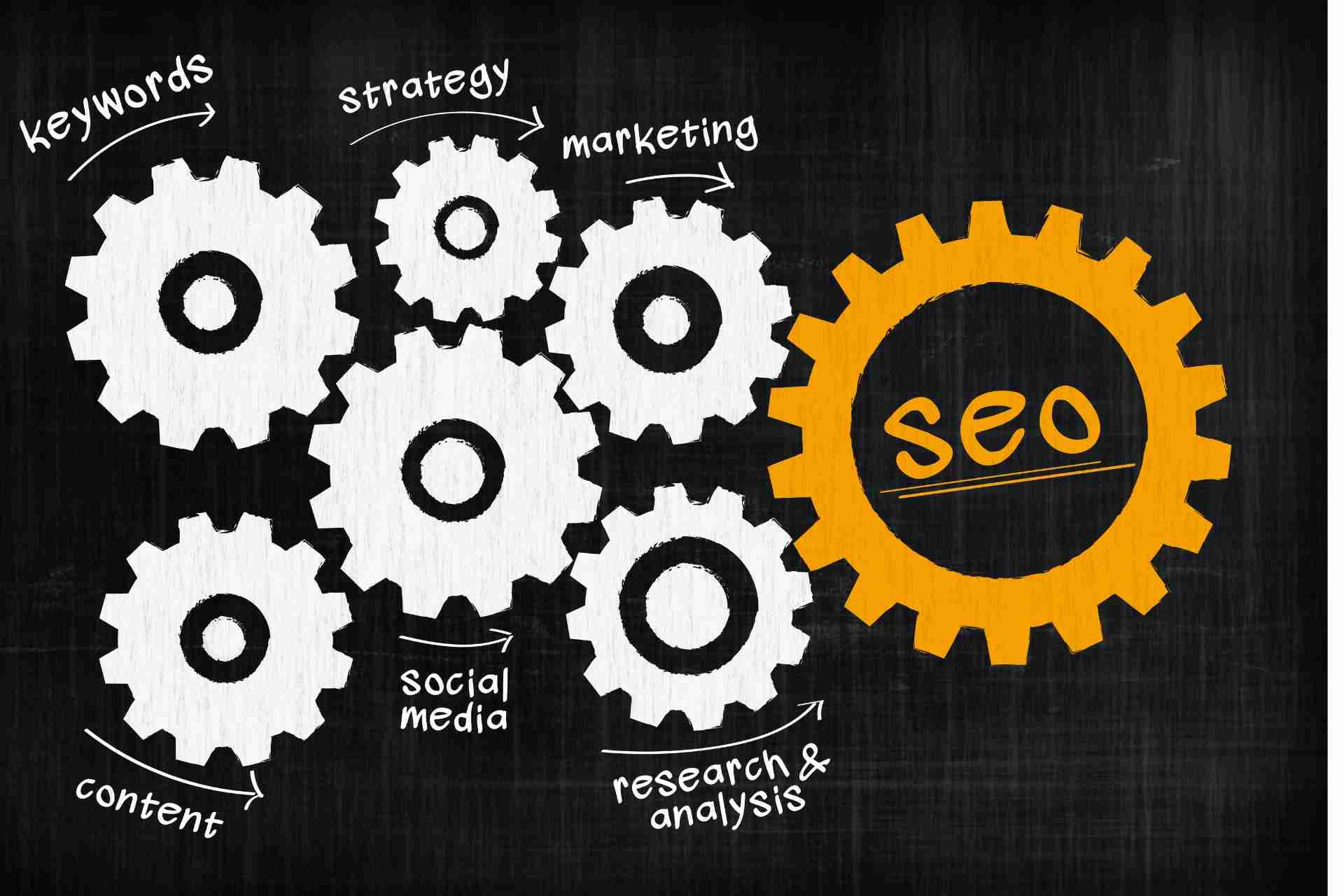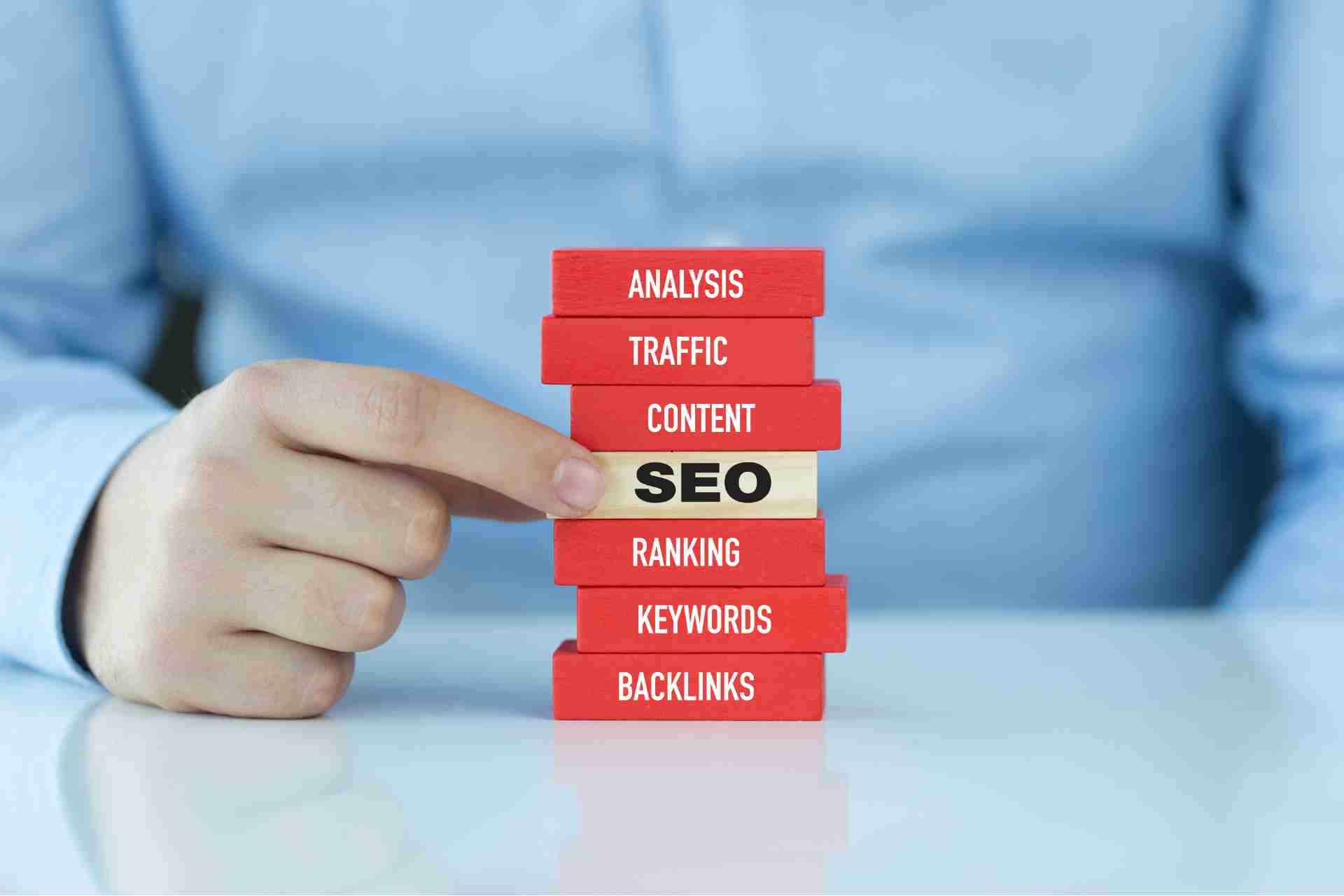How to Build a Lead Generation Website

In today's digital age, having a strong online presence is essential for businesses looking to generate leads and increase sales. One of the most effective ways to do this is by building a lead generation website. A lead generation website is designed to capture the interest of potential customers and convert them into leads by offering valuable content and incentive to complete a form or make a purchase.
In this post, we'll discuss the key steps on how to build a lead generation website.
What is Lead Generation?
Lead generation is the process of attracting and converting potential customers or clients into leads – individuals who have shown interest in your product or service and have provided their contact information. These leads can then be nurtured through targeted marketing efforts to eventually convert them into paying customers.
There are various strategies and techniques that can be used for lead generation, including content marketing, email marketing, social media marketing, search engine optimization (SEO), and paid advertising. The goal is to create compelling and relevant content that attracts potential leads and encourages them to take action, such as signing up for a newsletter, downloading a whitepaper, or requesting a demo.
The importance of lead generation cannot be overstated. Without a steady stream of leads, businesses will struggle to grow and expand their customer base. By generating high-quality leads, businesses can increase their sales and revenue, improve their ROI, and build long-lasting relationships with customers.
In addition, lead generation allows businesses to target specific demographics and tailor their marketing efforts accordingly. This targeted approach helps businesses reach the right audience with the right message, increasing the likelihood of converting leads into customers.
How to Build a Lead Generation Website?
Here are some tips on how to build a lead generation website that will help you generate more leads and grow your business:
Identify your target audience
Identifying your target audience is a crucial step in any lead generation strategy. By understanding who your ideal customers are, you can tailor your marketing efforts to reach and engage with them more effectively. Without a clear understanding of your target audience, you may be wasting time and resources on reaching people who are not interested in your products or services.
To identify your target audience, start by creating buyer personas. These are fictional representations of your ideal customers, based on market research and real data about your existing customers. Consider factors such as demographics, interests, behaviors, and pain points. This will help you create targeted marketing messages that resonate with your audience.
Once you have identified your target audience, consider where they spend their time online. Are they active on social media platforms like Facebook or Instagram? Do they prefer to receive information through email or on a company blog? By understanding where your audience is, you can reach out to them through the right channels.
Another important aspect of identifying your target audience is understanding their needs and preferences. What problems are they trying to solve? How can your products or services help them? By addressing their pain points and offering solutions, you can position yourself as a trusted authority in your industry and attract more leads.
In addition to understanding who your target audience is, it is also important to regularly analyze and revise your lead generation strategies. As market trends and customer preferences change, your approach to lead generation should also evolve. Keep track of key metrics such as conversion rates, click-through rates, and engagement levels to gauge the success of your efforts and make adjustments as needed.
Create valuable content
Once you have identified your target audience, the next step is to create valuable content that will attract and engage them.
Content marketing has proven to be an effective way to build brand awareness, establish thought leadership, and drive customer engagement.
When done right, valuable content can attract high-quality leads to your business, ultimately driving sales and increasing revenue. So, how can businesses create valuable content that will resonate with their target audience and generate leads? Here are a few tips to keep in mind:
- Understand your audience: Before creating any content, it's important to have a deep understanding of your target audience. What are their pain points? What are they looking for in a solution? By knowing your audience inside and out, you'll be able to create content that speaks directly to their needs and interests.
- Provide valuable insights: Your content should provide valuable insights and information that your audience can't find elsewhere. Whether it's in the form of blog posts, whitepapers, case studies, or videos, make sure your content offers something of value to your audience.
- Use multimedia: Different people prefer consuming content in different ways. Some prefer reading blog posts, while others prefer watching videos or listening to podcasts. By using a mix of multimedia in your content strategy, you'll be able to reach a wider audience and keep them engaged.
- Optimize for search engines: In order for your content to generate leads, it needs to be easily discoverable. By optimizing your content for search engines, you'll increase the chances of it being found by potential customers who are actively searching for solutions to their problems.
- Include a call-to-action: Every piece of content you create should include a clear call-to-action that prompts the reader to take the next step, whether it's signing up for a newsletter, downloading a whitepaper, or scheduling a demo. Make sure your call-to-action is relevant to the content and offers some kind of value to the reader.
Optimize for search engines
Search engine optimization (SEO) is crucial for any business looking to generate leads online. When your website appears at the top of search engine results pages, you are more likely to attract potential customers who are actively searching for products or services like yours. By optimizing your website for search engines, you can increase your visibility, drive more traffic to your site, and ultimately generate more leads.
One of the main benefits of optimizing your website for search engines is that it can help you attract highly targeted leads. Unlike traditional advertising methods that target a broad audience, SEO allows you to reach people who are already interested in what you have to offer. This means that the leads you generate through SEO are more likely to convert into paying customers, resulting in a higher return on investment for your business.
In addition to targeting specific keywords related to your products or services, optimizing your website for search engines also involves improving the overall user experience. Search engines like Google prioritize websites that are mobile-friendly, fast-loading, and easy to navigate. By making sure your website meets these criteria, you can improve your search engine rankings and attract more leads to your site.
Another benefit of optimizing your website for search engines is that it can help you stay ahead of your competitors. In today's digital age, most businesses are competing for the same online space, and those that rank higher in search engine results are more likely to attract leads. By investing in SEO, you can ensure that your website remains competitive and that you continue to attract new leads to grow your business.
To optimize your website for search engines as a lead generation tool, start by conducting keyword research to identify the terms and phrases that potential customers are using to search for products or services like yours. Use these keywords strategically throughout your website, including in your page titles, meta descriptions, and content.
Additionally, make sure your website is mobile-friendly and loads quickly to improve the user experience and keep visitors on your site longer. Consider creating valuable, informative content that addresses the needs and concerns of your target audience, and promote your content through social media and other channels to attract more traffic to your site.
Design a compelling landing page
As a marketer, one of the most important tasks is to design a compelling landing page that will attract visitors and convert them into leads. A landing page is essentially the first point of contact between a potential customer and your brand, so it is crucial that it leaves a lasting impression and encourages visitors to take action.
Here are a few tips for designing a compelling landing page for lead generation:
- Keep it simple and focused: It's important to keep your landing page design clean and focused on the main goal - generating leads. Avoid clutter and unnecessary elements that may distract visitors from taking the desired action.
- Use captivating visuals: Visual elements such as images, videos, and graphics can go a long way in grabbing the attention of visitors. Use high-quality visuals that are relevant to your offer and help convey your message effectively.
- Craft a compelling headline and subheadline: Your headline is the first thing visitors will see, so make sure it is clear, concise, and compelling. Use your subheadline to provide additional context and entice visitors to learn more.
- Include a clear call-to-action: Your call-to-action (CTA) is the most important element on your landing page as it prompts visitors to take the desired action. Make sure your CTA stands out, is easy to find, and clearly states what visitors should do next.
- Provide social proof: Including testimonials, reviews, case studies, or social media endorsements can help build credibility and trust with visitors. People are more likely to convert if they see that others have had a positive experience with your brand.
- A/B test your landing page: Testing different elements such as headlines, images, CTAs, and layouts can help you determine what works best for your audience. Use A/B testing to continuously optimize your landing page for better results.
Capture leads with forms
One effective way to capture leads online is through the use of forms. Forms can be placed on your website or landing pages to collect valuable information from your visitors, such as their email address, name, phone number, and more. This information can then be used to follow up with leads and nurture them into customers.
There are several benefits to using forms for lead generation. For one, forms allow you to directly request specific information from your visitors, giving you a better understanding of their needs and interests. This data can then be used to tailor your marketing efforts and provide more personalized content to your leads.
Forms also make it easy for visitors to provide their information quickly and conveniently. By keeping your forms short and simple, you can increase the likelihood of visitors completing them and converting into leads.
Additionally, forms allow you to track and measure your lead generation efforts. By analyzing the data collected through your forms, you can gain insights into which tactics are most effective and make data-driven decisions to optimize your lead generation strategy.
When creating forms for lead generation, it's important to consider the user experience. Make sure your forms are visually appealing, easy to navigate, and mobile-friendly. You should also clearly communicate the value of submitting the form, such as receiving a free trial, discount, or valuable content in return.
Offer incentives
Offering incentives as lead generation involves providing potential customers with something of value in exchange for their contact information or other relevant details. This could include discounts, free trials, exclusive content, or other perks that entice individuals to provide their information and express interest in a company's products or services.
There are several reasons why offering incentives as lead generation can be a powerful strategy for businesses. First and foremost, incentives serve as a way to grab the attention of potential customers and cut through the noise of the crowded marketplace. By offering something valuable in exchange for contact information, businesses can encourage individuals to take action and engage with their brand.
Incentives also help to build trust and credibility with potential customers. By providing something of value upfront, businesses demonstrate that they are willing to invest in their customers and provide them with valuable resources. This can help to establish a positive relationship from the start and increase the likelihood that individuals will become loyal customers in the future.
Additionally, offering incentives can help to increase conversion rates and ultimately drive more sales. By providing potential customers with a reason to engage with a company's products or services, businesses can increase the likelihood that individuals will make a purchase. This can result in higher revenue and a stronger return on investment for companies that utilize incentives as part of their lead generation strategy.
There are many different types of incentives that businesses can offer as part of their lead generation efforts. Some popular options include discounts on products or services, free trials of software or subscriptions, exclusive access to content or events, and giveaways or contests. The key is to choose incentives that are relevant to your target audience and provide genuine value to potential customers.
A/B test and optimize
One effective way to do this is through A/B testing. A/B testing is a method of comparing two versions of a webpage, email, or advertisement to see which one performs better. By running tests and analyzing the results, businesses can gain valuable insights into what resonates with their target audience and make data-driven decisions to improve their lead generation efforts.
There are several elements that can be A/B tested to optimize lead generation, such as headlines, call-to-action buttons, forms, and landing pages. For example, testing different variations of a call-to-action button (such as changing the color, size, or wording) can help determine which one drives more conversions. Similarly, testing different headlines on a landing page can reveal which one captures the attention of visitors and encourages them to take action.
By continually testing and optimizing lead generation strategies, businesses can not only increase the number of leads generated but also improve the quality of those leads. This can ultimately lead to higher conversion rates and increased revenue.






